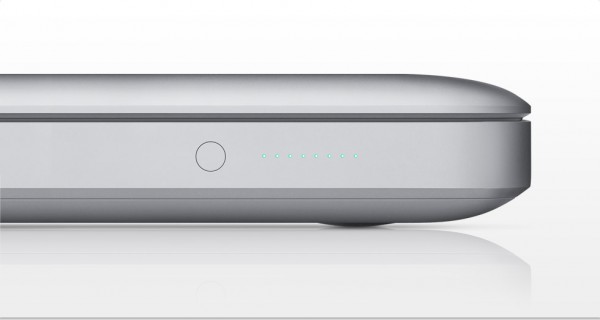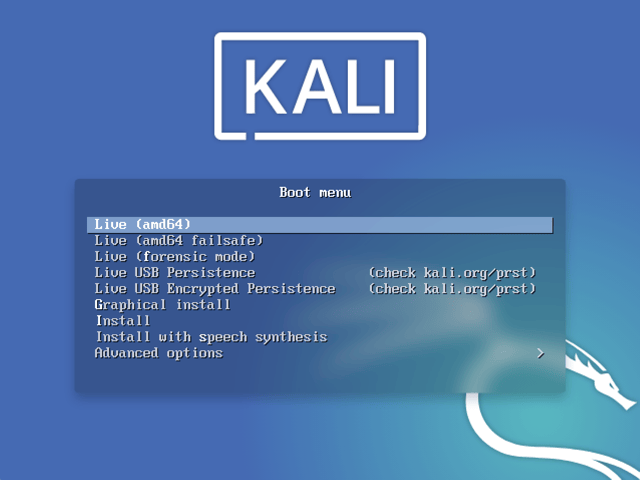

arch/arm/mach-davinci/cpuidle.c, 2 times.arch/arm/kernel/perf_event_v7.c, 12 times.arch/arm/kernel/hw_breakpoint.c, 2 times.arch/arm/include/asm/xen/page.h, line 3.arch/arm/include/asm/xen/events.h, line 25.arch/arm/include/asm/vdso/vsyscall.h, line 12.arch/arm/include/asm/vdso/gettimeofday.h, line 110.arch/arm/include/asm/uprobes.h, line 31.arch/arm/include/asm/syscall.h, 2 times.arch/arm/include/asm/smp_scu.h, line 14.arch/arm/include/asm/smp_plat.h, line 18.arch/arm/include/asm/sections.h, 2 times.arch/arm/include/asm/ptrace.h, line 130.arch/arm/include/asm/proc-fns.h, 2 times.arch/arm/include/asm/pgtable.h, 2 times.arch/arm/include/asm/memory.h, line 338.arch/arm/include/asm/mach/map.h, line 43.

arch/arm/include/asm/mach/arch.h, 2 times.arch/arm/include/asm/jump_label.h, 4 times.arch/arm/include/asm/irq_work.h, line 7.arch/arm/include/asm/hypervisor.h, line 8.arch/arm/include/asm/cpufeature.h, line 30.arch/arm/include/asm/bL_switcher.h, 2 times.arch/arm/include/asm/arm-cci.h, 2 times.arch/arm/include/asm/archrandom.h, line 5.arch/arm/include/asm/arch_timer.h, line 140.arch/arm/include/asm/arch_gicv3.h, line 243.arch/arm/crypto/poly1305-glue.c, 4 times.arch/arm/crypto/aes-neonbs-glue.c, line 344.arch/arm/common/mcpm_platsmp.c, line 65.arch/arc/include/asm/jump_label.h, 4 times.arch/arc/include/asm/dsp-impl.h, 2 times.arch/alpha/kernel/sys_titan.c, line 150.arch/alpha/include/asm/irqflags.h, 2 times.If you’d rather use an app to do this instead, try balenaEtcher.No definitions found in the database Referenced in 18155 files: While the Terminal provides a method of doing this that doesn’t rely on additional software, text-based commands aren’t for everyone.
#Bool boot linux on a mac install
If you decide to install Linux, consider a dual-boot arrangement for your Mac. You should see your boot drive, likely labeled “Macintosh HD” and a separate USB drive titled something like “EFI Boot” with a different icon.Ĭlick on your USB drive, then click on the upward-pointing arrow to start Linux. Keep your finger held down on the “Option” button until you see a list of devices appear on-screen. Press and hold the “Option” button then press and release the power button to start your Mac. Power down your Intel Mac, then insert your USB drive if you haven’t already done so. If you see a “The disk you inserted was not readable by this computer” error, click “Ignore” and carry on.
#Bool boot linux on a mac mac
This could take a while depending on the size of the DMG and the speed of your Mac or USB drive. Wait for your Mac to write the contents of the DMG to your drive. You may also be asked to grant Terminal permission to access a removable volume, which you should grant. Type it, then hit Enter to begin the copy. You will be prompted for your administrator password. You’ll need to replace /path/to/image.dmg with the path to the DMG file created above, and /dev/diskX with the disk identifier used above (for example, disk3).

You can do this with the following command: sudo dd if=/path/to/image.dmg of=/dev/diskX bs=1m diskutil unmountDisk /dev/diskXįinally, it’s time to write your DMG file to your USB drive. To do this, use the following command replacing diskX with the identifier (for example, disk3 in the screenshot above).

Now that you know your identifier, you need to unmount that particular drive so that you can write your DMG file to it. The size of the disk (for example, 8GB) may give it away too. If you gave it a name like “LINUX” then you should be able to spot it under the “NAME” column. You’re looking for the identifier for the USB drive you just formatted. Head back to Terminal and type the following to get a list of drives: diskutil list With your IMG file ready to go, it’s time to write to USB. Following on from the example above, you could type ~/Downloads/ubuntu. For ease, we’d recommend using the same location for both. Similarly, you’ll need to provide a destination in which the DMG will be placed (no need to add the “.dmg” extension). Replace /path/to/downloaded.iso with the location of your downloaded Linux ISO, for example if ubuntu.iso is in your Downloads folder, you can type ~/Downloads/ubuntu.iso.


 0 kommentar(er)
0 kommentar(er)
